The first boat I built was a kayak that I designed after looking at the drawings of Arctic kayaks in The Bark Canoes and Skin Boats of North America. The kayak got me afloat, but more importantly, taught me how little I knew about boats. The unremarkable appearance, construction, and performance of my kayak set me on a path to see what traditional boats could teach me. Those with a long history, refined by generations of watermen whose livelihoods and very lives depended upon them, interested me most.Greenland kayaks taught me about the seakeeping abilities of slender, low-profile hulls. They might make for a wet ride but they were hardly bothered by high winds. On stormy days when I saw no other boats venturing out on Puget Sound, I could paddle with confidence through steep breaking waves and stinging spray. My baidarkas, both single and double, showed me how a flexible hull can maintain speed in rough water by yielding to waves. The ancient design of a Gokstad faering proved that a hull formed by only three strakes could be so sleek in the water that its wake could be almost invisible in water scuffed by a light breeze. My sprit-rigged sneakbox may have been designed for waterfowling, but showed it could jump on plane and fly.I pushed those boats and others hard to see what they could do, and at the same time I was discovering what I was capable of. They helped me come to terms with self-doubt, fear, discomfort, and, on the long cruises, even loneliness.
Join The Conversation
We welcome your comments about this article. To include a photo with your remarks, click Choose File below the Comment box.

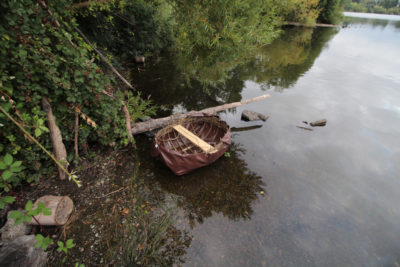
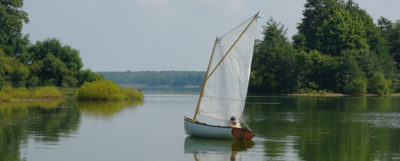
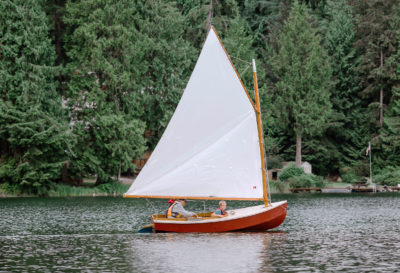
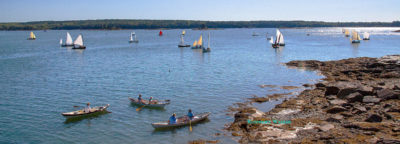
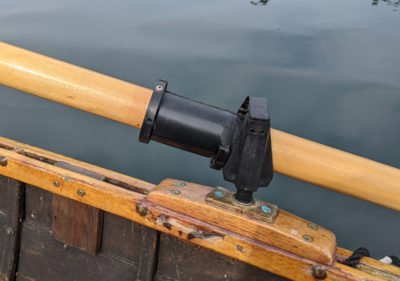
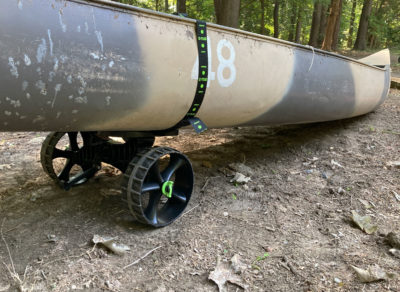
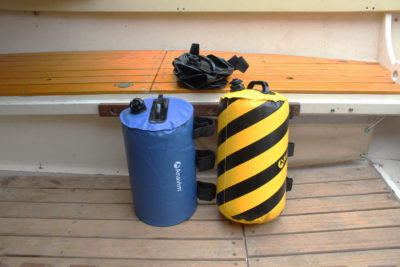
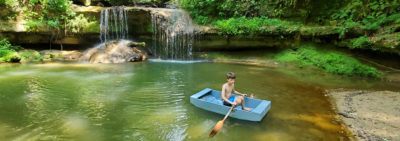

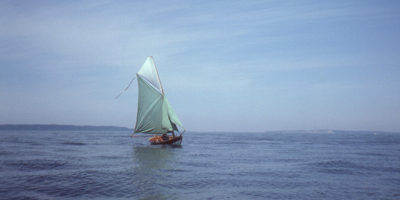
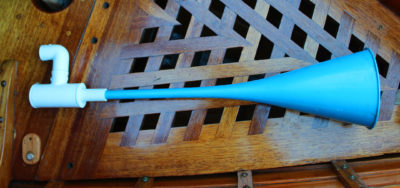
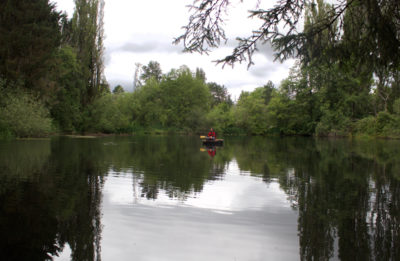
Excellent story. It’s a great reminder to treat boat building as a fun exploration, not a pursuit of Old Timer Craftsmanship perfection.
A fascinating read and the step-by-step photos make for an informative and interesting review of your research and knowledge. Not all boats are a picture of perfection but are perfect for their intentions.
Years ago a friend (re-?) discovered and introduced me to the art of stream tuning: one listens to a stream, and then rearranges the rocks to make different music.
As occupations go it leaves little to be desired.
I think that the business of “looking for small places, where I can take my coracle to find the single point at its center and not pass it by” needs similar appreciation.
Very cool. Makes we want to go out and find a willow patch and give it a go. Reminds me of a recent video I saw on Youtube exploring the idea that Noah’s Ark was round. Even if you aren’t religious, it was interesting to see how large a boat he was able to build and how much weight it could carry.
Very interesting, Chris. I look forward to seeing the final steps in the construction. By the way, I’m not familiar with the “slash-and-pull paddle stroke”. Can you explain this or point me to an explanation?
When I first paddled FAERIE, a folding coracle I designed for use as a tender,
I used a zig-zag sculling stroke at first but later discovered a different stroke in old films: Boyne Coracle, A Bygone Craft, and Peeps though a Window of the World. The sculling stroke was used, often with one hand, for maneuvering, but for forward speed the coraclers used a draw stroke with the blade slashing in an out of the water from one side. This technique provides much more power. I believe it is called a C stroke, through it is not the same as the canoeing stroke of the same name.
Thanks. Delightfully British! Those films are interesting, too, because they show two different techniques for building the frames.
Reminds me of a similar craft used by a local fisherman about 60 years ago. it was a simple “boat” consisting of three components: a #3 galvanized washtub, a 1x board, and a tractor inner tube. The board was ripped to a width that would just fit through the upturned handles of the tub and cut to a length nearly as long as the inflated diameter of the inner tube. It kept the tub from pushing through the inner tube. He had gotten a used tube with many patches from a local dealer.
He had been retired for several years and said it was a lot easier to load into the back of his pickup than the wooden john boat he had been using. He used it to run trot lines, set lines, and jugs in the local river.